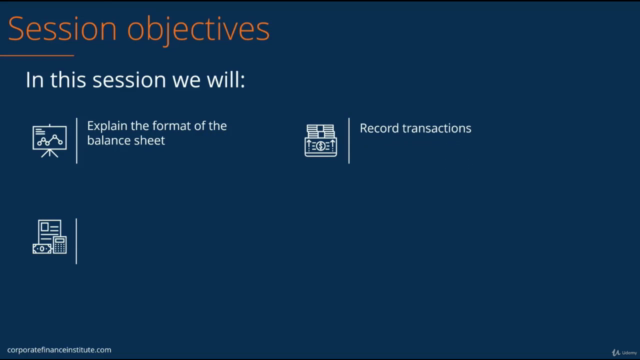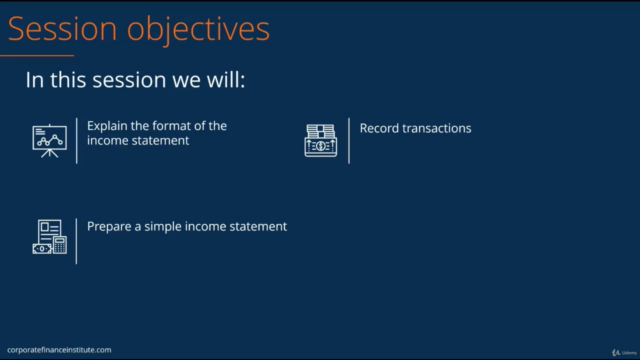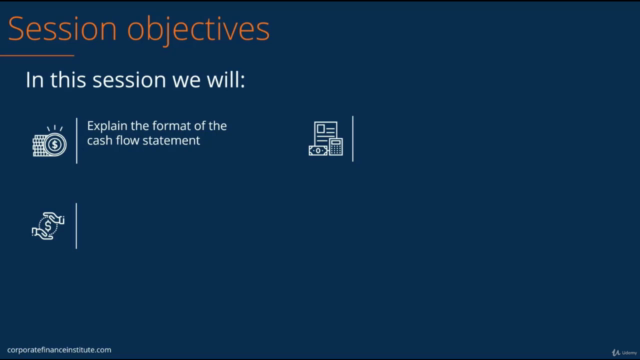Introduction to Financial Accounting

Why take this course?
🌟 Introduction to Financial Accounting: Your Gateway to Mastering Accounting Fundamentals! 🌟
Course Overview:
Dive into the world of finance with our FREE Introduction to Financial Accounting course! This comprehensive guide will equip you with the essential knowledge of accounting principles and practices. We'll navigate through the core components of financial statements, including balance sheets, income statements, and cash flow statements. Whether you aspire to excel in financial modeling or aim to analyze market trends like a seasoned Wall Street analyst, this course sets the groundwork for success. 📊💰
Constructing Financial Statements:
🚀 Section 1: The Building Blocks of the Balance Sheet and Income Statement
-
📈 Understanding Financial Statements: We kick off this free accounting course by delving into the structure and significance of balance sheets and income statements. Learn how to record transactions, from invoicing to raising equity, and understand the vocabulary of financial statements.
-
✅ Key Takeaways:
- Grasp the format of the income statement and balance sheet.
- Define critical accounting terms (e.g., accounts receivable, prepayments).
- Master recording transactions that affect your financial statements.
- Gain hands-on experience by preparing a simple yet effective balance sheet and income statement.
💡 Section 2: Crafting Your Cash Flow Statement
-
💲 Beyond the Income Statement: Here, we'll focus on the cash flow statement, distinguishing it from the income statement, and learn how to create one from scratch using the information from your balance sheet and income statement.
-
✅ Key Takeaways:
- Learn the format of a cash flow statement.
- Understand the crucial difference between profit and actual cash available.
- Prepare a straightforward cash flow statement using the data from your prepared balance sheet and income statement.
Course Features & Benefits:
🔍 Interactive Learning Experience: Engage with applied exercises, real-world case studies, and interactive quizzes that reinforce what you've learned.
📚 Comprehensive Reference Materials: Enhance your learning journey with two PDF reference guides—an accounting factsheet and a financial statements glossary, which can be downloaded for offline study or quick reference.
🎓 Flexible & Self-Paced: Take control of your learning pace with sophisticated search and navigation tools, ensuring you can absorb the material at your own rhythm.
Who Should Take This Course?
This introductory accounting course is perfect for:
- Aspiring accountants and finance professionals.
- Entrepreneurs looking to understand their business's financial health.
- College students studying finance, economics, or business.
- Individuals aiming to pass accounting certifications (e.g., CPA, CFA).
- Anyone interested in Wall Street careers or financial analysis.
Embark on your accounting journey today with our Introduction to Financial Accounting course and unlock the door to a world of financial expertise! 🌐💫
Course Gallery




Loading charts...
Comidoc Review
Our Verdict
This Udemy course provides comprehensive coverage of accounting fundamentals, equipping learners with the necessary tools to understand financial statements. The detailed examples and exercises serve as valuable reinforcements in learning; however, some users may find initial quizzes and exercises confusing due to the sequencing of information. Moreover, certain concepts could be introduced earlier for a smoother experience. Nevertheless, this course is an excellent starting point for those with no finance background or seeking a refresher on accounting basics.
What We Liked
- Coverage of accounting fundamentals from basics to cash flow statements
- Detailed examples and exercises to reinforce understanding
- Simple, crisp, and easy-to-follow content for non-finance background individuals
- Effective learning with multiple quizzes and assessments
Potential Drawbacks
- Quizzes and exercises may initially seem confusing without complete information
- Some concepts could be introduced earlier to avoid confusion in exercises
- Voice can be perceived as monotonous for extended listening periods
- Lacks clear separation between narrators for user preference